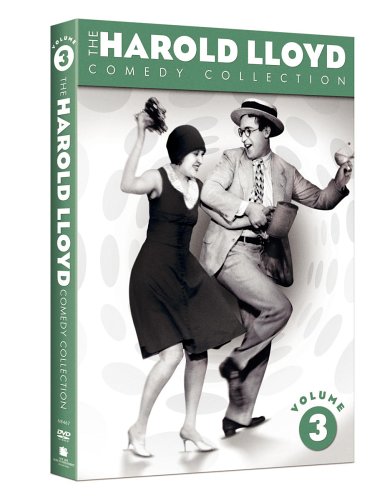
$ 99.94
Price includes
Import Duties and Taxes. Free shipping available
The Harold Lloyd Comedy Collection Vol. 3
Easy Returns with desertcart PRO
30 day return window
Free replacements & exchanges
Hassle free one-click returns
About the item
- undefined
Similar Products
Frequently Asked Questions About The Harold Lloyd Comedy Collection Vol. 3 in Guam
Where can I buy The Harold Lloyd Comedy Collection Vol. 3 online at the best price in the Guam?
desertcart is the best online shopping platform where you can buy The Harold Lloyd Comedy Collection Vol. 3 from renowned brand(s). desertcart delivers the most unique and largest selection of products from across the world especially from the US, UK and India at best prices and the fastest delivery time.
Is The Harold Lloyd Comedy Collection Vol. 3 available and ready for delivery in Guam?
desertcart ships the The Harold Lloyd Comedy Collection Vol. 3 to Dededo, Yigo, Maina, Hagta, Mangilaoand more cities in Guam. Get unlimited free shipping in 164+ countries with desertcart Plus membership. We can deliver the The Harold Lloyd Comedy Collection Vol. 3 speedily without the hassle of shipping, customs or duties.
Does desertcart have 100% authentic The Harold Lloyd Comedy Collection Vol. 3 online?
desertcart buys The Harold Lloyd Comedy Collection Vol. 3 directly from the authorized agents and verifies the authenticity of all the products. We have a dedicated team who specialize in quality control and efficient delivery. We also provide a free 14 days return policy along with 24/7 customer support experience.
Is it safe to buy The Harold Lloyd Comedy Collection Vol. 3 on desertcart?
Yes, it is absolutely safe to buy The Harold Lloyd Comedy Collection Vol. 3 from desertcart, which is a 100% legitimate site operating in 164 countries. Since 2014, desertcart has been delivering a wide range of products to customers and fulfilling their desires. You will find several positive reviews by desertcart customers on portals like Trustpilot, etc. The website uses an HTTPS system to safeguard all customers and protect financial details and transactions done online. The company uses the latest upgraded technologies and software systems to ensure a fair and safe shopping experience for all customers. Your details are highly secure and guarded by the company using encryption and other latest softwares and technologies.



